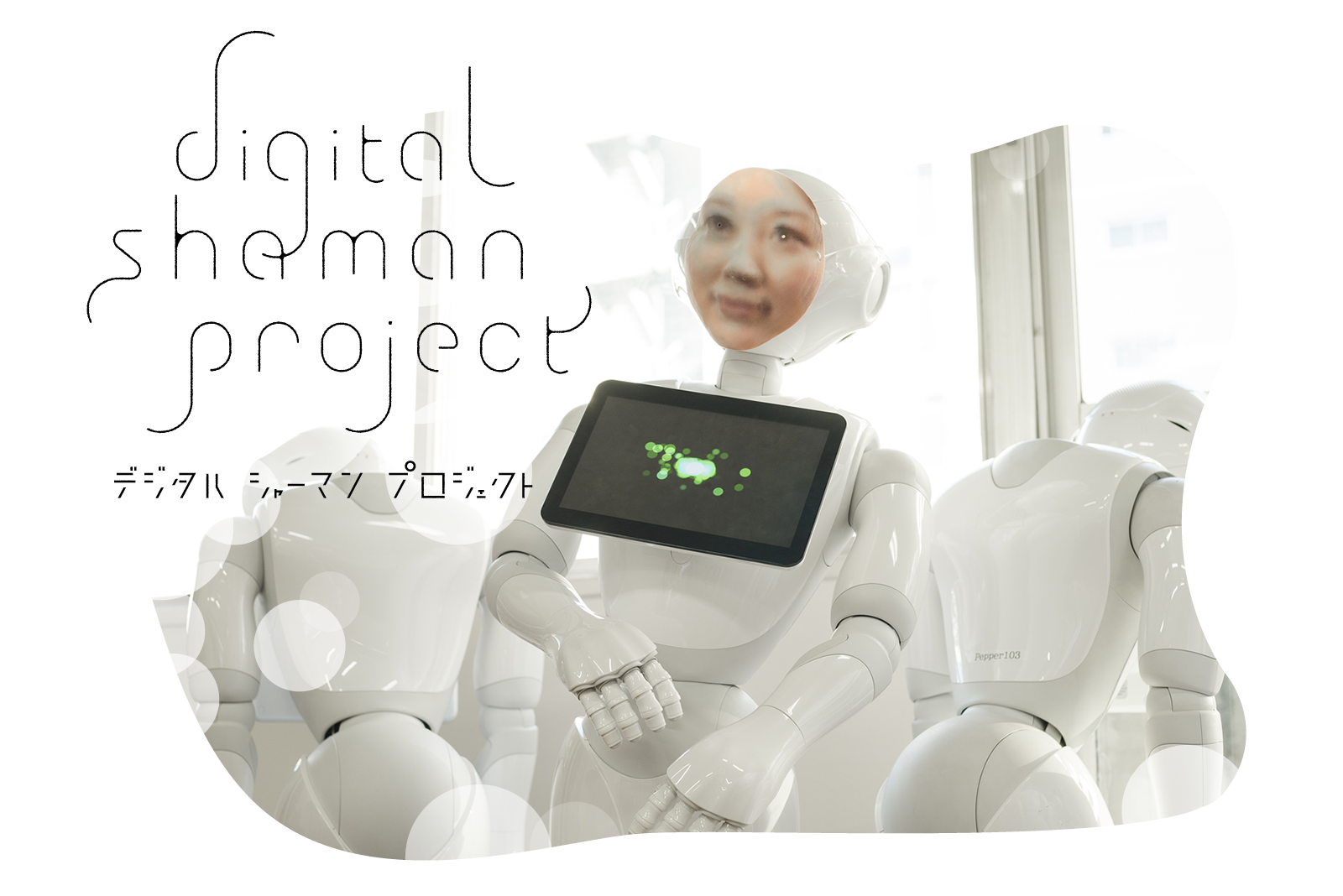報告者:盛宜楠
報告PPT: 書報討論-DigitalShamanProject
2108 ARS Electronica (Interactive Arts +)
作品名稱:Digital Shaman Project (2018) ok
作品作者:Etsuko Ichihara (JP)
作品來源:作品連結(1)、(2)
作品說明:
The Digital Shaman Project proposes a new mode of mourning in keeping with the technical advances of today. A 3D-printed mask of the deceased’s face is placed on a domestic robot installed with a motion program that mimics the physicalcharacteristics―personality
, speech, gestures―of that individual as if possessed by their spirit. The program functions for 49 days after the person’s death—according to Buddhist belief, it takes 49 days for a deceased person to enter the next life— during which time family members can experience simulated conversation with the deceased as if he or she were still alive. On the 49th day, the robot bids farewell to the bereaved and the program shuts down. The program is thus designed to allow the bereaved to spend 49 days with a robot seemingly possessed, like a medium, by the deceased. The creator says that she developed the concept after her grandmother’s death, when she personally experienced the function that a funeral serves as a mourning ritual for those left behind.
The program runs on domestic robots like Pepper and Nao so that it easily runs anywhere as long as a robot is available. The process of installing the application to the robot mimics the process where a medium is possessed. The creator also thinks that in order for certain technology to expand the market, it is important to snuggle up to human desires, emotions, and sensations. So she designed an application to realize an emotional relationship between machines and human beings.
While the realm of alchemy and belief appears to be conflicting with that of science and technology, considering the common disposition of assuming and suggesting “something that is not here,” Etsuko Ichihara proposes that both might in fact be very closely related, mutually compatible fields. Based on this idea, this project was conceived with the aim to propose new forms of prayer and entombment in this age of advanced science and technology.
The experiment is part of a research project on funeral rites as a window into the uniquely Japanese approach to life and death. This is one of a series of works on “digital shamanism” that attempt to blend Japanese folk beliefs with technology.
